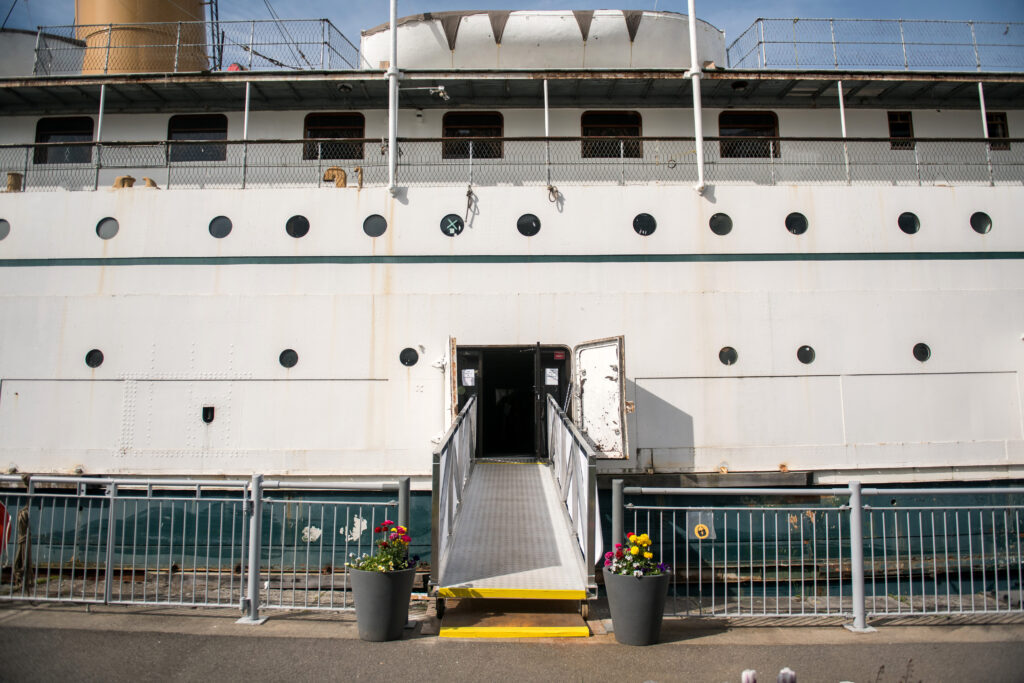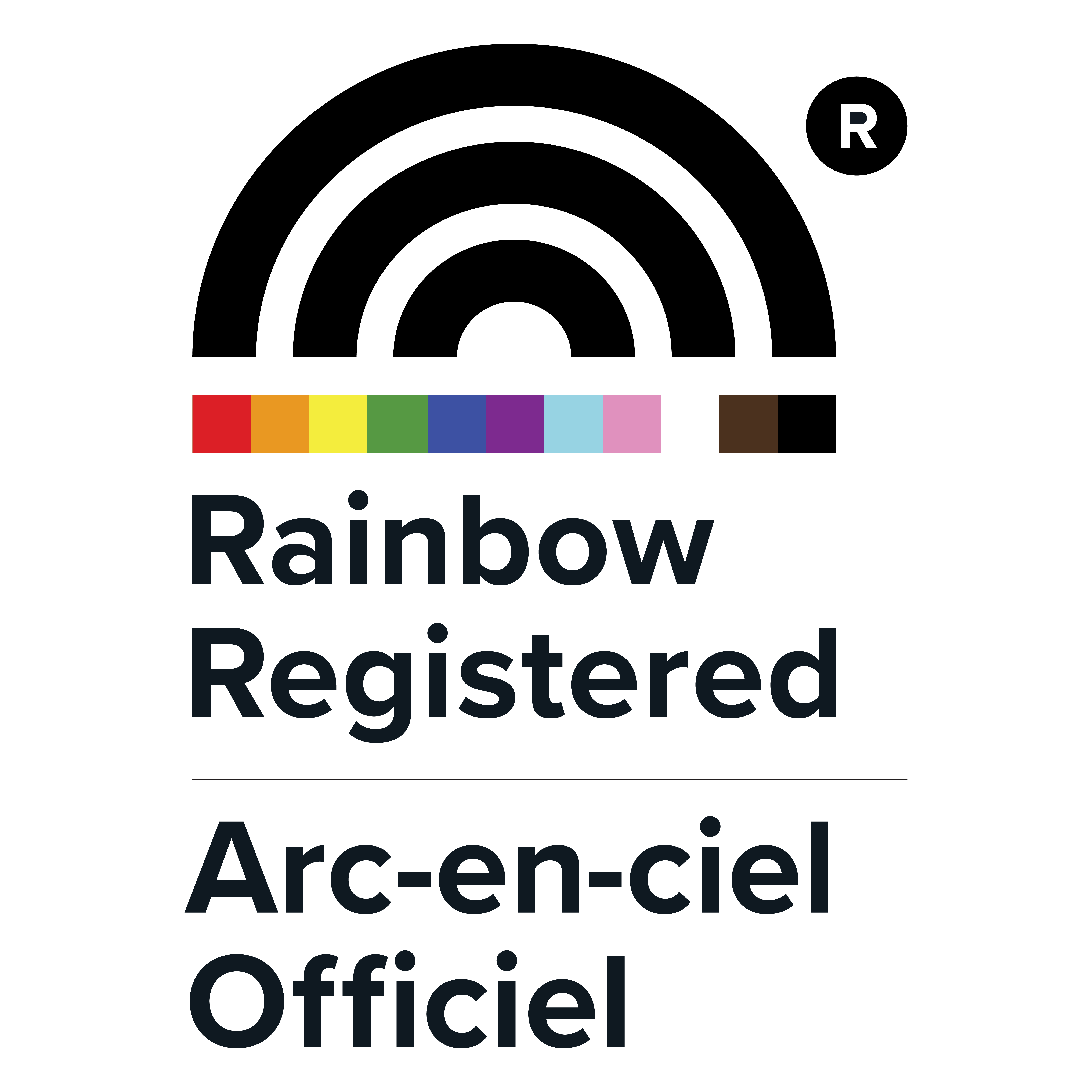Time appears suspended aboard the S.S. Keewatin. Once you step aboard, you’ll be transported back to the era of Edwardian opulence.
Spanning 350 feet across the water, the last remaining Edwardian-era passenger liner in the world is now permanently located at the dry dock next to the Great Lakes Museum in Kingston. The museum is offering tours of the S.S. Keewatin’s decks, cabins, first-class, and luxury accommodations, and the ship’s engine room.
Just like the aristocratic passengers who once travelled on the century-old ship, you too can traverse the lavish ballroom, elegant flowerpot lounge, and see the stained-glass windows from Italy, bathing the ship’s interior in warm sunlight.
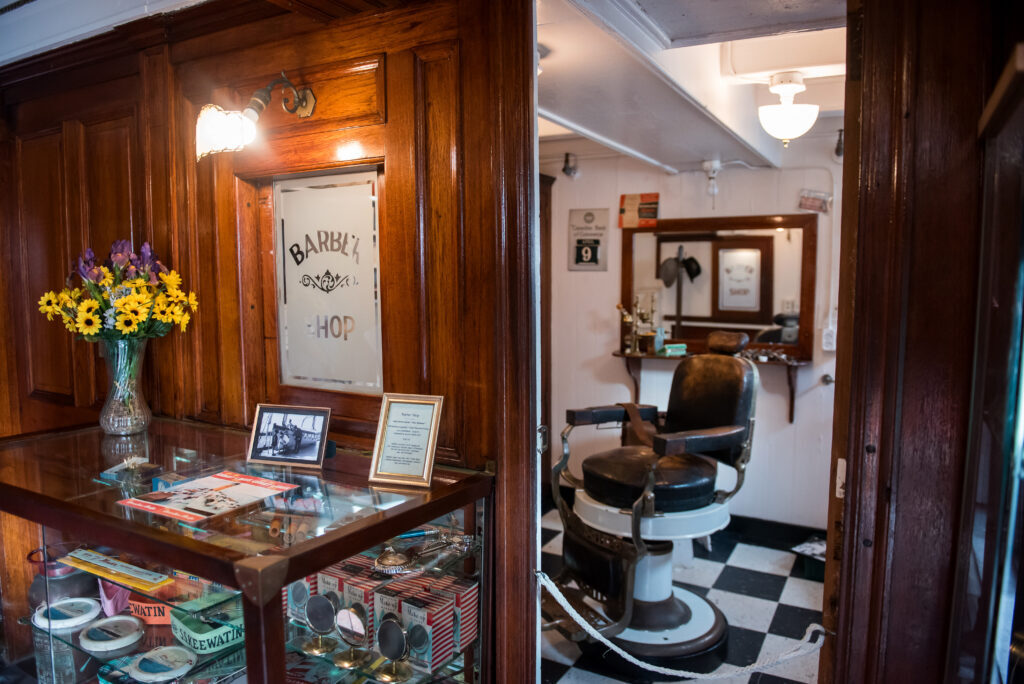
Tour guides will walk you from bow to stern through the old-fashioned barber shop, the formal dining room, where you’ll hear a story about a haughty group of passengers, and the kitchen – which has an interesting contraption used to cook eggs.
Oh, and before departing, take a look at the ship’s clocks. See if you notice anything interesting about the time each of the clocks is set to.
Below deck, you will encounter the S.S. Keewatin’s powerful and gargantuan steam engine, the same one used on the Titanic.
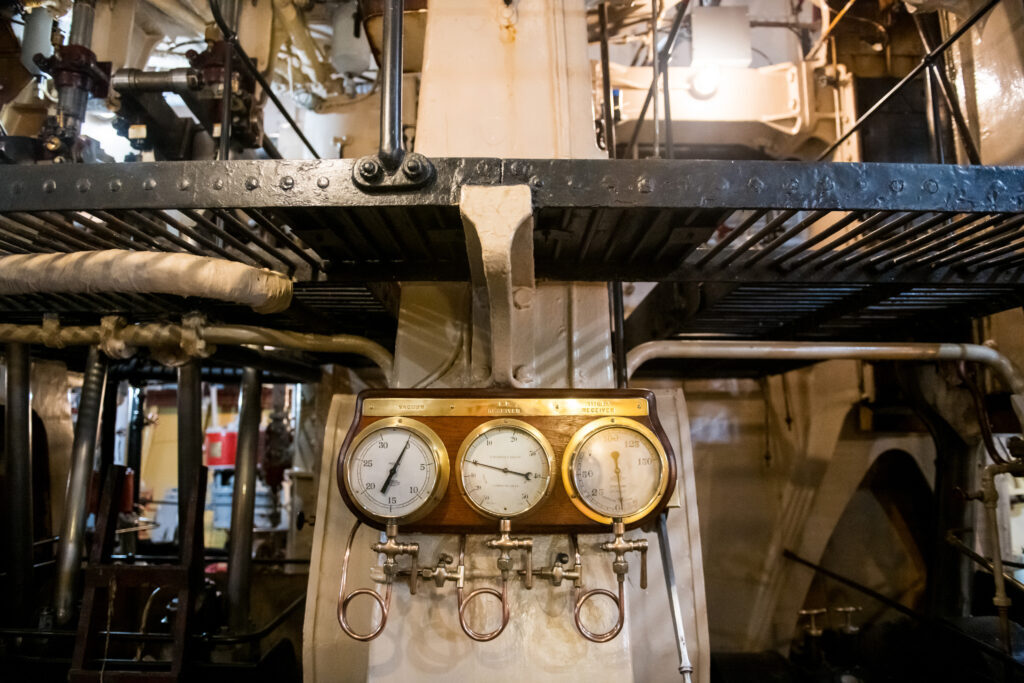
By walking the halls where the ship’s firemen, oilers, and engineers used to work, you’ll picture what it was like to shovel coal into furnaces for hours on end. When the ship was in operation, the crew would have tirelessly worked in the steaming hot space to keep the S.S. Keewatin up and running.
The museum will offer tours of the ship’s wheelhouse and officers’ quarters, featuring fantastic views of the S.S. Keewatin’s expansive deck in the future.
“I know tourists will be amazed by our Keewatin experience and we look forward to welcoming them,” Bep Schippers, executive director of Great Lakes Museum, says.
Nowhere else but Kingston can you experience a Titanic-era ship as grand as the S.S. Keewatin. So come aboard!
HISTORY OF THE S.S. KEEWATIN
S.S. Keewatin was built in 1907 in Scotland by Fairfield Shipbuilding and Engineering Company of Glasgow, making the ship two years older than the Titanic. Named after a district in present-day northern Ontario and Nunavut, the S.S Keewatin and her sistership S.S. Assiniboia were commissioned by the Canadian Pacific Railway (CPR).
S.S. Keewatin set sail on her first Canadian voyage in October 1908 from Owen Sound to Fort William (now part of Thunder Bay). The S.S. Keewatin transported both passengers and cargo alike, including immigrants new to Canada looking for work around the Great Lakes and beyond.
Shortly after her arrival in Canada, the S.S. Keewatin became a popular luxury steamship and operated out of Port McNicol north of Barrie starting in 1912. The ship provided all paying passengers with top-notch service while traversing Canada’s Great Lakes. The S.S. Keewatin had electricity and hot water, a novelty for ships in the early 20th century.
“The S.S. Keewatin conveys the same Edwardian elegance as other passenger liners of the early 20th century,” Doug Cowie, museum manager and curator at Great Lakes Museum, says.
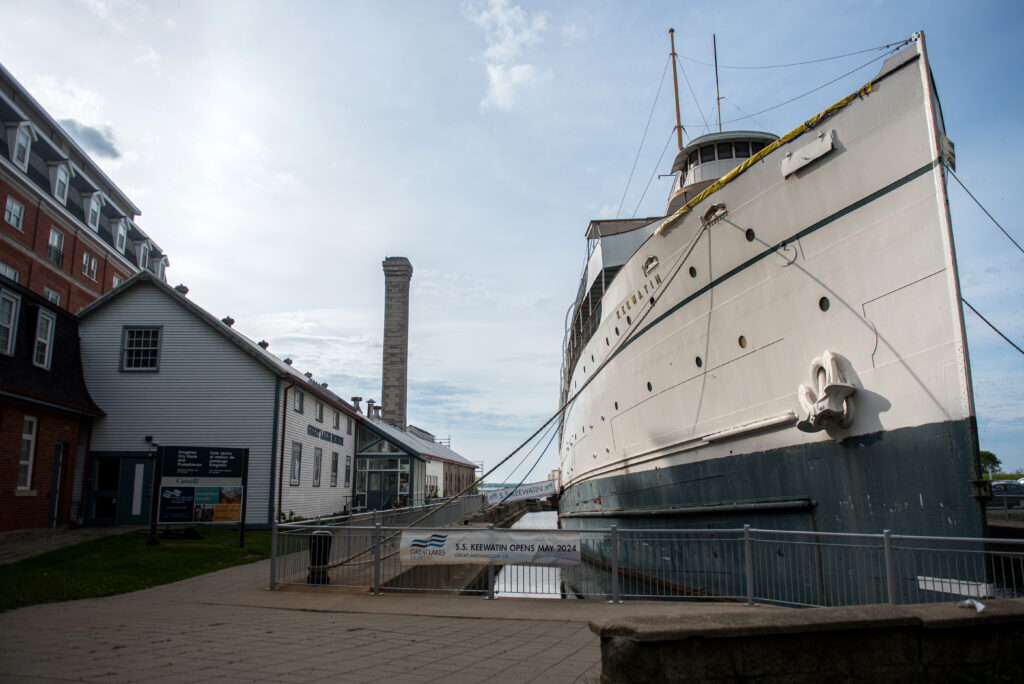
A strong and powerful liner, the S.S. Keewatin survived the Great Lake Storm of 1913 whose strong winds and snow capsized 12 other ships. During another particularly rough night, a large wave crashed into a window on board, shattering the glass. Nonetheless, S.S. Keewatin survived and continued to serve passengers until the mid-20th century.
The future of S.S. Keewatin as a popular passenger vessel was jeopardized after tragedy struck the Toronto Harbour in 1949. The ship S.S. Noronic went up in flames and sank, taking 100 passengers down with her.
Due to S.S. Keewatin’s flammable wooden interior, similar to the sunken S.S. Noronic’s design, a sprinkler system, and steel doors were installed on the ship to contain potential fires. Likewise, after the Titanic sank into the Atlantic Ocean, the S.S. Keewatin’s owners added more lifeboats to the ship.
Despite the increased safety precautions, in 1965 the S.S. Keewatin was retired from service.
The ship was then purchased by American entrepreneur Ronald J. Peterson, who had it moved to Michigan where in 1967, the Keewatin it began her career as a maritime attraction. She returned to Port McNicol in 2012.
REFURBISHING THE S.S. KEEWATIN
In 2020, the ship’s owners at the time, Skyline Investments, pitched Kingston as a sustainable home for the aging ship due to its historic dry dock. It was decided the Great Lakes Museum, located right next to the dry dock, would acquire the Edwardian-era passenger liner.

In early 2023, the ship then made her way to Hamilton, where she underwent heavy industrial repairs to her funnel and promenade deck before she was tugged to the Limestone City. In October of that year, the ship arrived in Kingston. Throughout the winter, a core group of 60 volunteers helped to clean, polish, and prepare the ship for visitors. Volunteers from Port McNicol also came down to help stage the ship.
“It’s really a joint venture with the amount of work that those in Port McNicol did,” Cowie says.
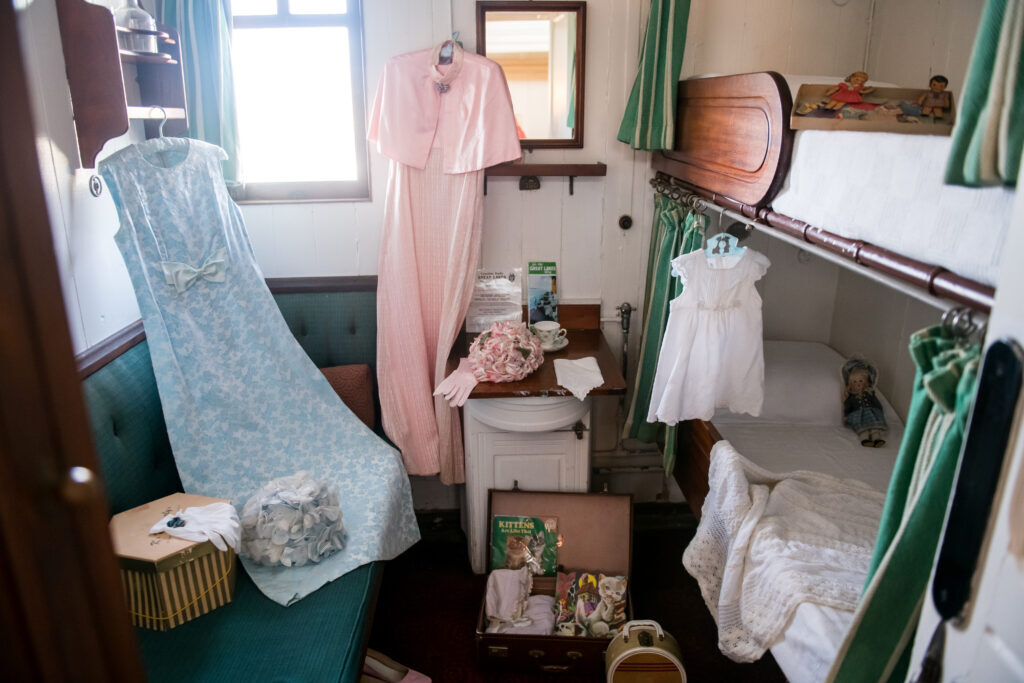
S.S. Keewatin opened for visitors in May 2024, however the refurbishing process is still ongoing. The goal is to eventually get the ship back to her original 1907 condition.

